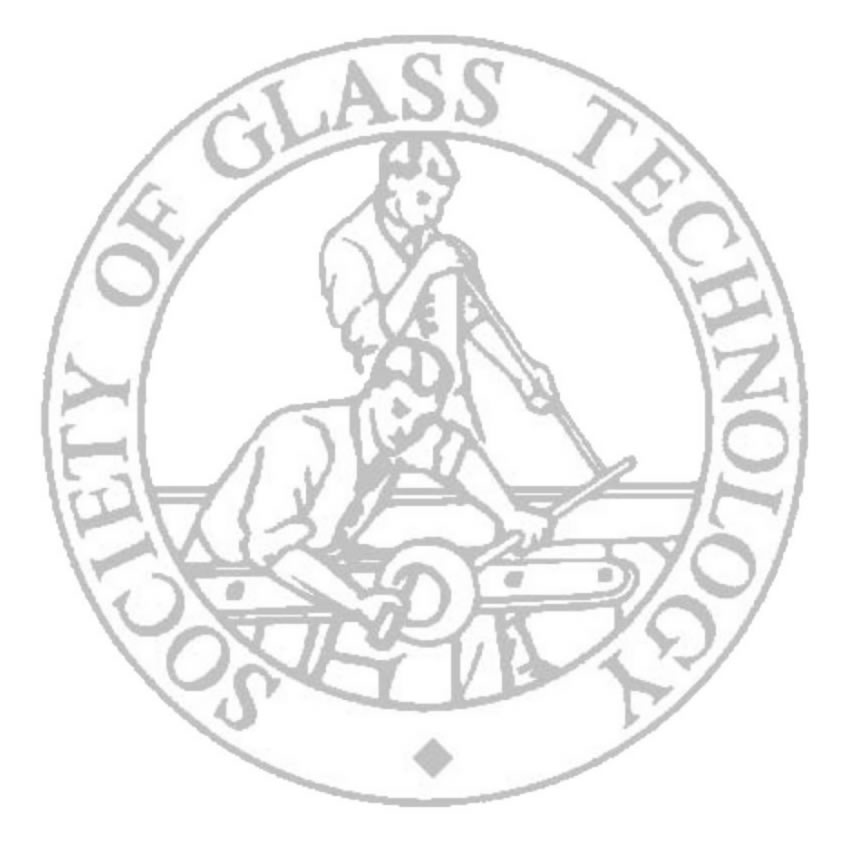
Cambridge 2008
|
Glass Development for Vitrification of Wet Intermediate Level Waste from Decommissionning of the Hinkley Point ‘A’ Site
Paul A. Bingham
Hinkley Point ‘A’ Power Station (HPA) was a twin reactor Magnox nuclear power station commissioned in 1965. The power plant was permanently shut down in 2000 and the nuclear fuel was removed from the site by the end of 2004. The site is now in the process of being decommissioned. Wet Intermediate Level Waste (WILW) was generated during operation of HPA and essentially occurs in three forms: ion exchange resins, sludges and sand. It is a requirement that any Wet ILW waste stream that can not be shown to be in a passively safe state be retrieved, processed and packaged in approved product forms. Following a review of process options, treatment of Wet ILW by vitrification has been identified as a potential process for HPA. Consequently HPA have submitted to the Nuclear Decommissioning Authority (NDA) Radioactive Waste Management Directorate (RWMD) a request for a Conceptual Stage Letter of Compliance (LoC) based on volume reduction by a vitrification process of the Wet ILW wastes at HPA. As part of future submissions to the RWMD for interim and final LoC’s there is a requirement to produce a Waste Product Specification (WPrS) that describes the waste package that is to be processed by defining the key limits and controls on the waste package production process. This key document will eventually be used, together with other records, to demonstrate that waste packages meet the repository Waste Acceptance Criteria (WAC) and are compatible with all future stages of waste management including ultimate disposal to the planned National ILW Repository. The Immobilisation Science Laboratory, University of Sheffield, is working with Magnox South to develop a range of glass formulations that are suitable for vitrification of the HPA Waste envelope.
Four waste permutations arising from HPA ILW streams are under consideration for vitrification. The inorganic fractions of each waste are suitable for vitrification as they largely consist of SiO2, MgO, Fe2O3, Na2O, Al2O3 and CaO. However, difficulties may arise from the high organic and sulphurous contents of some wastes, most notably from spent ion exchange (IEX) resins. These resins could be a key factor in defining waste loading, and possible thermal pre-treatments for IEX resin are being investigated. Here we report on our study to date.
Back to Glass Science Programme
| SGT Home page |